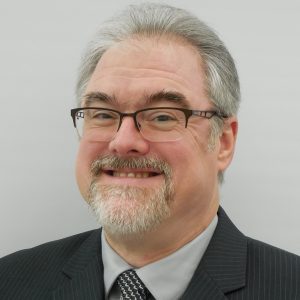
Matthew Hause is a Principal Engineer at SSI, a chair of the UAF group and a member of the OMG SysML V2 specification team. He was a member of the OMG Architecture Board for 10 years. He has been developing multi-national complex systems for over 45 years. He worked in the power systems industry for 20 years developing and commissioning Energy Management Systems throughout the world. He has experience in military command and control systems, process control, manufacturing, factory automation, communications, SCADA, distributed control, office automation and many other areas of technical and real-time systems. His roles have varied from project manager to developer. His role at SSI includes mentoring, sales presentations, standards development, presentations at conferences, specification of the UAF profile and developing and presenting training courses. He has written over 100 technical papers on architectural modeling, project management, systems engineering, model-based engineering, human factors, safety critical systems development, virtual team management, product line engineering, systems of systems, systems and software development with UML, SysML and Architectural Frameworks such as DoDAF, MODAF, and UAF. He has been a regular presenter at INCOSE, the IEEE, BCS, the IET, the OMG, AIAA, NDIA, DoD Enterprise Architecture, Embedded Systems Conference and many other conferences. He was recently a keynote speaker at the Model-based Systems Engineering Symposium at the DSTO in Australia, JCOSE in Japan, and the MBSE Spectacular in England. Matthew studied Electrical Engineering at the University of New Mexico and Computer Science at the University of Houston, Texas. In his spare time, he is a church organist and a grandfather to 5 mischievous children. He is the proud recipient of the INCOSE MBSE Propeller Hat Award.
To put it very simply, but not at all clearly, the 2021 Texas electricity grid failure was both caused by and not caused by the use of renewable energy. In 2020, 46 percent of Texas’s energy was generated by natural gas, coal 18 percent, nuclear 11 percent, and renewables wind power 23 percent, and solar 2 percent. During the winter months when power demand is lowest, renewables can rise to up to 55%. When the historic winter storms hit, the biggest problem was the lack of winterization of all types of generation systems and supporting infrastructure from water provision, gas distribution, gas production, etc. All the of these systems failed to various degrees. So why weren’t these systems winterized? Mostly it was a lack of incentives. The government provided no financial incentives to winterize and and no penalties for those who did not winterize. These winter storms were a once in a century event, and companies could not make a business case with reasonable ROI to winterize. Companies that did manage to operate sold power and gas for up to 400% more than normal due to the lack of supply and increased demand, but often could find no customers at those prices. So, there was a built-in disincentive to not invest. What happened was a complex system of systems failure the size and scale of Texas and to explain it all would require a book. This paper will look at some aspects of the risks, opportunities, and drivers of Texas electric grid, what caused it to fail, and incentives to succeed in the future. We will also examine incentive systems gone wrong such as the Cobra Effect.
Understand the complex concepts of systems of systems and enterprises.
Modeling value chains, enterprise architectures and incentives.